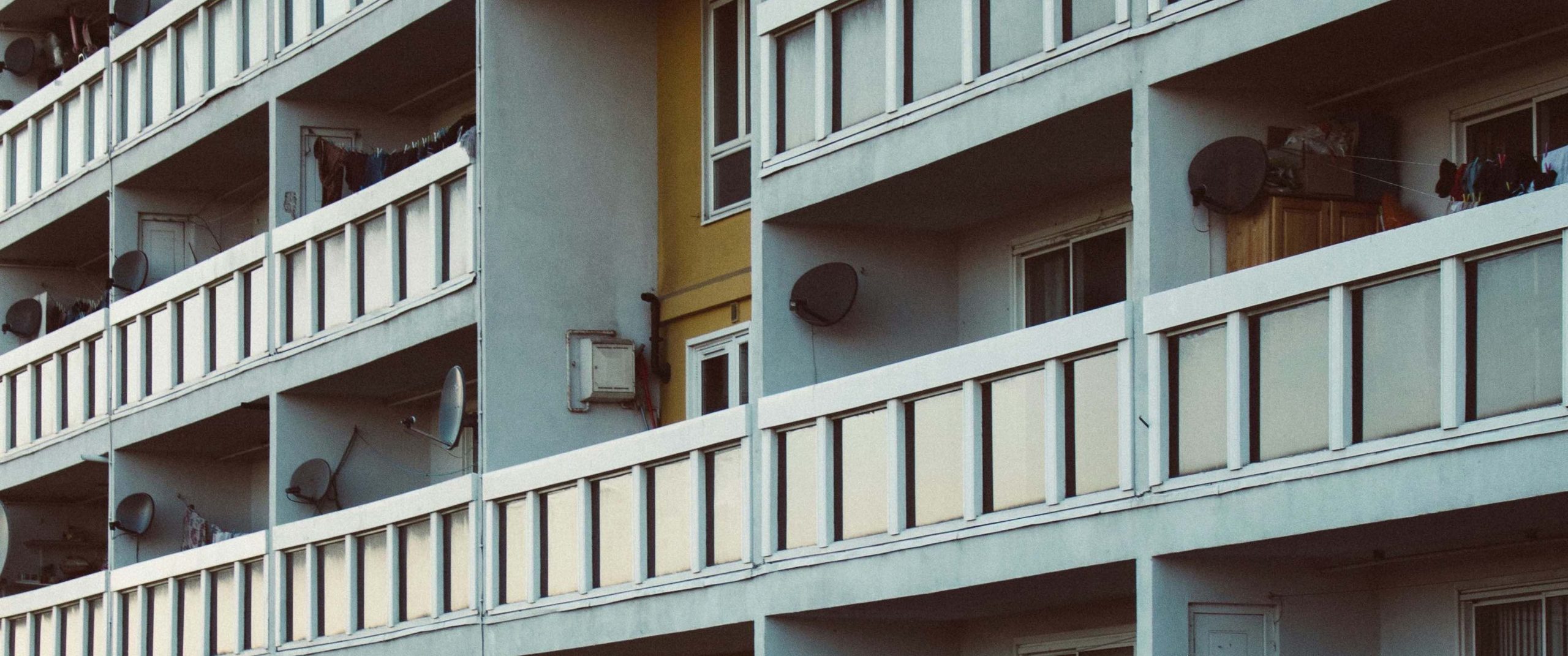Amongst all of the predictable hoo-ha around the PM’s call to end the culture of “sick note” Britain, it might well be forgotten that the poor state of our homes, plus crowded living conditions, is playing a key role in the rising tide of poor health in this country as well as startling levels of economic inactivity, writes Tony Watts OBE.
Some statistics to conjure with: Britain not only has the smallest houses in Western Europe[i], but its housing stock is the oldest[ii] and (surprise surprise), our homes on average are in the worst condition[iii], and they are the most poorly insulated[iv].
We are also in the midst of a health crisis. Almost 1.25 million people aged between 16 and 49 in this country are not in work because of poor health. You can then add another 1.4 million people aged between 50 and 64. That represents a huge drain on our national resources.
These two sets of stats are not unrelated. A survey on behalf of a new campaign called “Safe Homes Now” found that a quarter of people (25%) are worried about the impact the condition of their home has on their family’s health – rising to one in three people (34%) in the private rented sector and almost one in two (48%) for housing association tenants.
Amongst those who are most vulnerable are those who are old and quite possibly already have chronic health conditions. That’s why “Safe Homes Now”, which is led by a group of charities including AAA members Centre for Ageing Better and Independent Age, is so important.
The campaign certainly touches on an issue that many people in this country want to see addressed: their polling reveals that more than half of people (52%) say government should be doing more to support people in ensuring their homes are in a good condition.
In the words of Centre for Ageing Better’s Dr Carole Easton, “No one should have to live in a dangerous home that damages their health or the health of their family. Poor quality housing is severely damaging the health of millions of children, adults and pensioners – and incurring huge healthcare costs and putting enormous strain on health services.”
The problems appear particularly acute amongst rented homes, which are increasingly being occupied by older renters. “At Independent Age,” says Joanna Elson, their Chief Executive, “we’ve spoken to older renters whose homes are mouldy, leaking, damp and infested with rats. Nationally, almost 122,000, or 30% of private renters over 65 live in non-decent homes. It goes without saying that no one should be living like this.”
Back to the co-relation with poor housing and poor health: recent Resolution Foundation research reveals a strong association with poor quality housing and poor health – with the former twice as likely to experience poor health as those not living in poor quality housing (22 per cent vs 11 per cent)[v].
Of course, other factors (not least economic pressures, long NHS waiting lists and poor air quality as well as poor lifestyle choices) are playing their part. But it all adds up to a health crisis in this country that is affecting all demographics… but particularly those in the poorest percentiles… and this then impacts their ability to work and makes them far more likely to require financial support. Analysis of ONS statistics earlier this year shows that one in four “economically inactive” people live in the 50 “health black spot” areas with high levels of poor health.[vi]
Longer term, all of these factors combine to shorten lives and place additional burdens on our health and care system: according to the Health Foundation, “A 60-year-old woman in the poorest areas of England has a level of ‘diagnosed illness’ equivalent to that of a 76-year-old woman in the wealthiest areas, according to new research by the Health Foundation. While a 60-year-old man in the poorest areas of England will on average have a level of diagnosed illness equivalent to that of a 70-year-old man in the wealthiest areas.[vii]”
Quite how the nation has managed to slide into a situation where our homes represent a hazard to so many of our lives, is beyond comprehension. Fixing it will take decades. And in the interim, the nation will be paying the cost in increased health costs and higher and high numbers of people unable to work.
Is there hope? While better housing can’t fix all of these systemic problems, it can play a key role. According to the “Safe Homes Now” campaign, investing just £625 million a year in home improvements could improve the quality of 520,000 homes a year, create 100,000 new jobs, save the NHS £1 billion a year and create potential health benefits of £19 billion.
That would be a good start.
[i] https://www.theguardian.com/money/2017/feb/11/welcome-rabbit-hutch-britain-land-ever-shrinking-home
[ii] https://files.bregroup.com/bre-co-uk-file-library-copy/filelibrary/Briefing%20papers/92993_BRE_Poor-Housing_in_-Europe.pdf
[iii] https://developmentfinancetoday.co.uk/article-desc-9727_English%20homes%20are%20in%20the%20worst%20condition%20of%20all%20European%20countries,%20reveals%20HBF%20data
[iv] https://www.euronews.com/green/2022/12/09/europes-energy-crisis-in-data-which-countries-have-the-best-and-worst-insulated-homes
[v] https://www.resolutionfoundation.org/press-releases/one-in-six-young-people-live-in-poor-quality-housing-and-it-is-worsening-their-physical-and-mental-health/
[vi] https://www.theguardian.com/society/2024/jan/18/areas-of-england-with-poorest-health-have-higher-rates-of-poverty-report-finds
[vii] https://www.health.org.uk/news-and-comment/news/major-study-outlines-wide-health-inequalities-in-england
Photo by Edward Howell on Unsplash
